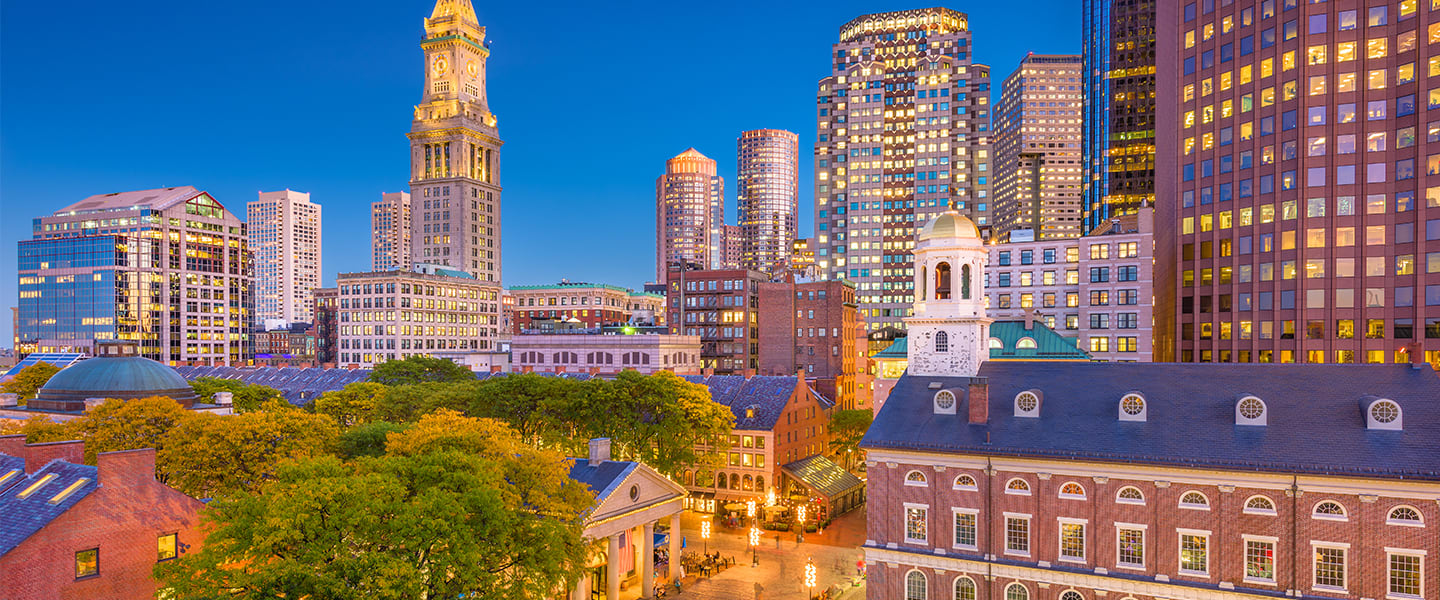Residential Care Home in Massachusetts

Overview of Residential Care Home in Massachusetts
The median monthly cost of a care home in Massachusetts is about $5,500. However, the cost of living in a care home depends largely on location. Since the homes are private residences, costs are tied to real estate value and therefore may vary greatly.
Top-rated Residential Care Home facilities in Massachusetts
The Rubin Home Assisted Living
The first message here is clearly legitimate. However the other two are not. They have been written by staff or a friend. One of the messages had some of worst grammatical errors I have ever seen in a...
Top-rated Residential Care Home facilities in Boston
See top facilitiesThe Dorothy Frances Home
My 95 year old father was there for the last three months of his life. He was quite active, always wanted to move around and talk. They were always kind to him and someone was always near him to make sure...
The Rubin Home Assisted Living
The first message here is clearly legitimate. However the other two are not. They have been written by staff or a friend. One of the messages had some of worst grammatical errors I have ever seen in a...
Top-rated Residential Care Home facilities in Danvers
See top facilitiesPine Hill Retirement Home
What an amazing staff. The residents are well cared for. It has a “home-like” atmosphere not a facility atmosphere. [Name removed] and [Name removed] attended the calling hours after my mother recently...
The Dorothy Frances Home
My 95 year old father was there for the last three months of his life. He was quite active, always wanted to move around and talk. They were always kind to him and someone was always near him to make sure...
The Rubin Home Assisted Living
The first message here is clearly legitimate. However the other two are not. They have been written by staff or a friend. One of the messages had some of worst grammatical errors I have ever seen in a...
Top cities in Massachusetts for care homes
Find residential care home in other states
Other senior living options in Massachusetts
Find assisted living near you
The information contained on this page is for informational purposes only and is not intended to constitute medical, legal or financial advice or create a professional relationship between A Place for Mom and the reader. Always seek the advice of your health care provider, attorney or financial advisor with respect to any particular matter, and do not act or refrain from acting on the basis of anything you have read on this site. Links to third-party websites are only for the convenience of the reader; A Place for Mom does not endorse the contents of the third-party sites.
Please enter a valid email address.
A Place for Mom is paid by our participating communities, therefore our service is offered at no charge to families. Copyright © 2024 A Place for Mom, Inc. All Rights Reserved. Privacy & Terms. Do Not Sell My Personal Information.